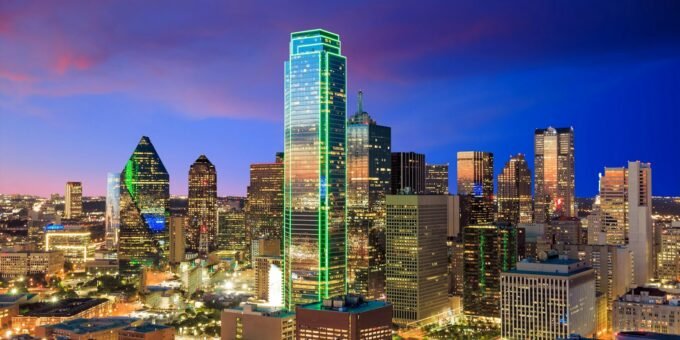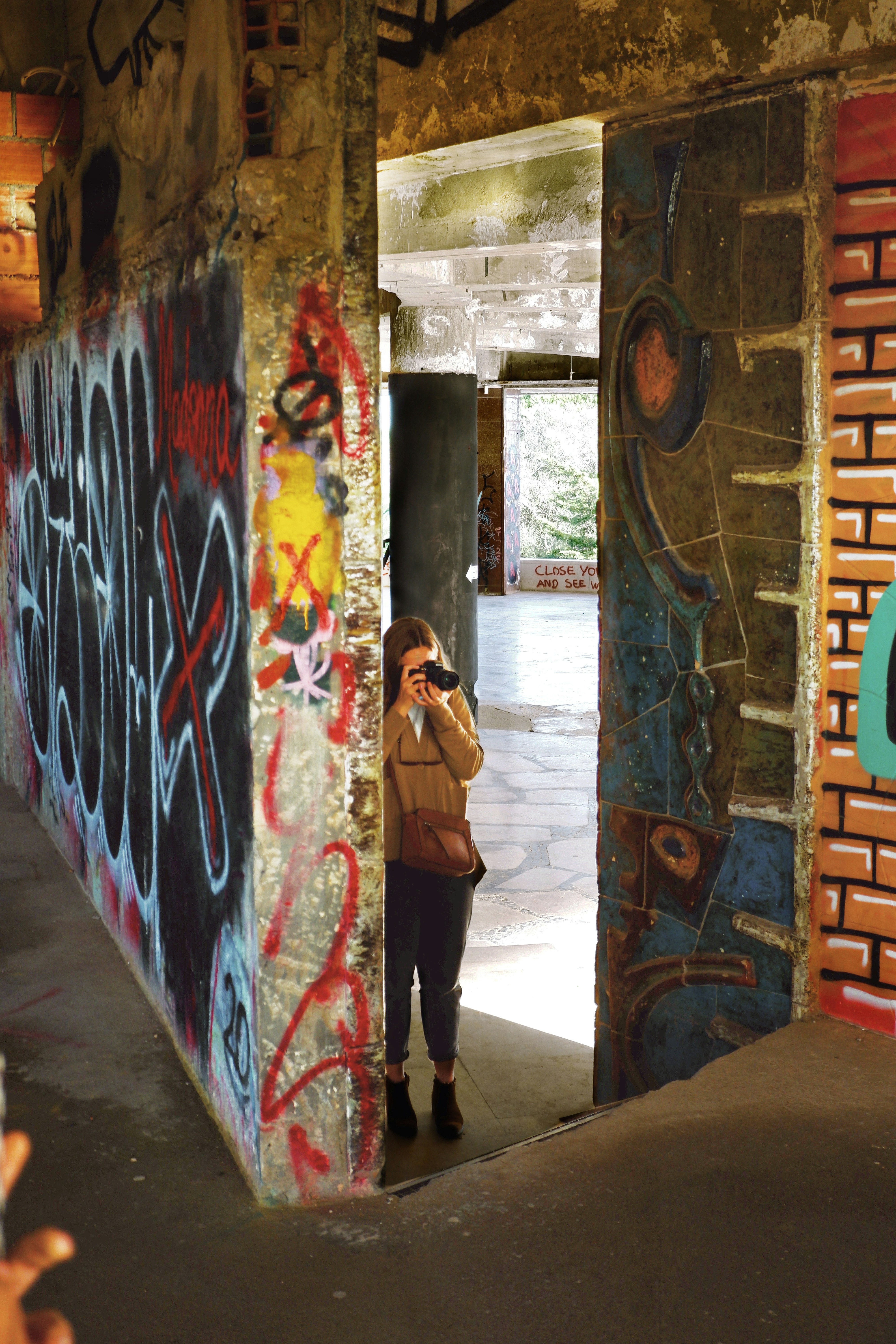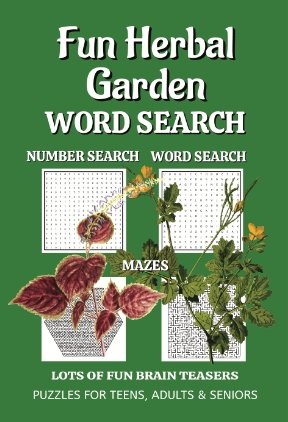
 Overview of Dallas: A Vibrant Urban Oasis
Overview of Dallas: A Vibrant Urban Oasis
Dallas, Texas, often recognized for its dynamic atmosphere, serves as a vibrant urban oasis that caters to both residents and visitors alike. With a rich tapestry of history woven into its identity, the city showcases an intricate blend of cultures that reflects its diverse population. The historical significance of Dallas is evident in its well-preserved districts, which not only offer a glimpse into the past but also create an appealing backdrop for urban exploration.
The city is renowned for its iconic structures, such as the Dallas Arts District, which hosts an impressive collection of contemporary art galleries, theaters, and concert halls. This area is a testament to the city’s commitment to fostering creativity and innovation, making it a prime destination for adventurers seeking cultural enrichment. Visitors can immerse themselves in the vibrant arts scene, attending exhibitions and performances highlighting local and international talent.
Culinary enthusiasts will find Dallas to be a gastronomic haven, featuring a myriad of dining options that range from upscale restaurants to food trucks offering tantalizing street fare. Each neighborhood presents unique flavors and culinary experiences that reflect the diverse heritage of the city’s inhabitants. The fusion of traditional Texan cuisine with global influences allows urban explorers to embark on a culinary journey like no other.
In addition to its cultural offerings, Dallas is also characterized by its modern infrastructure, such as skyscrapers and innovative public spaces that invite leisure and recreation. Parks and green spaces provide a serene contrast to the city’s urban landscape, encouraging outdoor activities and social gatherings. This harmonious blend of historic charm and modern conveniences firmly establishes Dallas as an irresistible destination for urban adventurers.
Must-Visit Neighborhoods for Urban Explorers
Dallas, Texas, is a city rich in culture and diversity, making it a prime destination for urban exploration. Among its various neighborhoods, several stand out as must-visit locations that offer unique experiences for adventure seekers. One of the most vibrant areas is Deep Ellum, renowned for its eclectic nightlife. This neighborhood boasts a thriving music scene, with numerous venues showcasing live performances from local bands and artists. Deep Ellum is also home to an array of bars and restaurants, providing a perfect combination of nightlife and culinary exploration, making it an essential stop for any urban explorer.
Another noteworthy area is the Bishop Arts District, celebrated for its artsy vibes and creative atmosphere. This neighborhood features an impressive collection of independent shops, galleries, and eateries, reflecting the local community’s artistic spirit. Visitors can stroll through colorful streets adorned with murals, providing ample photo opportunities as they soak in the ambience. The Bishop Arts District is particularly appealing for those who appreciate local art and culture, offering an authentic glimpse into the heart of Dallas.
For those seeking a more upscale experience, Uptown is the ideal neighborhood to discover. Known for its luxurious living, vibrant atmosphere, and stylish boutiques, Uptown offers a different pace of exploration. The area is dotted with trendy restaurants offering diverse cuisines, making it an excellent spot for dining out. Furthermore, the picturesque Katy Trail runs through Uptown, providing a scenic pathway for walking, jogging, or cycling, allowing urban explorers to enjoy the outdoors amidst the cityscape.
In sum, each of these neighborhoods—Deep Ellum, the Bishop Arts District, and Uptown—offers unique opportunities for urban exploration in Dallas, catering to various interests and preferences. Whether you are passionate about nightlife, art, or luxury, you will undoubtedly find a delightful experience in this dynamic Texas city.
Art and Culture: The Heart of Dallas
Dallas, Texas, is not just a hub for business and commerce; it also boasts a vibrant art and cultural scene that captivates both locals and urban explorers. At the forefront of this artistic landscape is the Dallas Museum of Art (DMA), which houses an impressive collection encompassing over 24,000 artworks from various periods and cultures. Established in 1903, the museum serves as a critical platform for contemporary art initiatives and educational programs, drawing thousands of visitors each year. Urban explorers will find that the DMA not only showcases masterworks but also offers rotating exhibitions that highlight emerging artists, thereby enriching the cultural tapestry of Dallas.
Complementing the museum experience is the Nasher Sculpture Center, a notable institution dedicated to modern and contemporary sculpture. Located in the vibrant Arts District, the center features an impressive outdoor garden and a world-class collection of more than 300 sculptures. This unique venue encourages urban exploration, where visitors can immerse themselves in art while enjoying the beautifully landscaped surroundings. Together, these institutions solidify Dallas’s reputation as a cultural epicenter.
Moreover, the city is home to a multitude of public art installations and street art, enhancing the urban environment and inviting residents and visitors to engage with art in their surroundings. The vibrant murals that adorn various neighborhoods are a testament to the city’s creative spirit, allowing urban explorers to discover intriguing narratives woven into the fabric of Dallas. Annual events such as the Dallas Arts District Fall Gallery Walk further promote cultural engagement, offering locals and tourists alike an opportunity to explore the diverse artistic offerings across the city.
Art and culture are not mere embellishments of the city; they are integral to the identity of Dallas. The numerous cultural events, festivals, and art showcases highlight the city’s commitment to artistic expression, providing ample opportunities for urban explorers to delve into the rich cultural experiences that define Dallas.
Culinary Adventures: A Taste of Dallas
Dallas is renowned not only for its vibrant urban landscape but also for its fascinating and diverse culinary scene. The city proudly showcases an amalgamation of traditional Texan fare and international cuisines, making it a remarkable destination for food enthusiasts. From smoky BBQ joints to savory Tex-Mex restaurants, there is an abundance of options to satisfy every palate.
When it comes to barbecued meats, Dallas is considered one of the barbecue capitals of Texas, and rightly so. Renowned establishments such as Franklin Barbecue and Pecan Lodge serve some of the best brisket in the state, often drawing long lines of eager patrons. These beloved spots are a testament to Dallas’s commitment to preserving traditional barbecue methods while crafting flavors that resonate with both locals and visitors.
In addition to its celebrated barbecue, Dallas offers an impressive array of Tex-Mex dining experiences that seamlessly blend the flavors of Mexico with Lone Star traditions. Restaurants like Mi Cocina and El Fenix tantalize diners with mouthwatering enchiladas, tacos, and sizzling fajitas, encapsulating the culinary spirit of the region. The dynamic flavors of Tex-Mex cuisine make it an indispensable part of the Dallas culinary exploration.
Moreover, the city’s food truck scene presents an opportunity to indulge in innovative dishes and fusion culinary creations. Exploring these food trucks, often found in popular areas like the Deep Ellum district, allows adventurous eaters to sample a variety of cuisines, from gourmet donuts to Asian-inspired street food.
To further embark on a culinary adventure, joining a local food tour can unveil hidden gems throughout the city. These guided excursions typically include a visit to farmers’ markets and a chance to taste artisanal products crafted by local vendors. This not only enhances appreciation for Dallas’s gastronomic offerings but also supports the community and local economy.
Historical Landmarks and Their Significance
Dallas, Texas, is a city rich in history, and its historical landmarks serve as enduring symbols of its past. Among the most notable sites is Dealey Plaza, recognized as the location of President John F. Kennedy’s assassination in 1963. This site has become not only a focal point for those interested in American history but also a place of reflection regarding the impact of that day on the nation. The surrounding areas of Dealey Plaza are witness to architectural styles dating back to the early 20th century, enhancing the historical context in which these events unfolded.
Adjacent to Dealey Plaza is the Sixth Floor Museum at Dealey Plaza, housed in the former Texas School Book Depository. This museum meticulously chronicles the events leading up to and following President Kennedy’s assassination. Through photographs, artifacts, and multimedia presentations, visitors can gain insight into both the historical significance of the event and the broader socio-political climate of the time. By showcasing Kennedy’s legacy, the museum creates a narrative that resonates with the city’s identity, making it an essential stop for urban explorers and history enthusiasts alike.
Another landmark of great relevance is the Old Red Museum, an architectural marvel that has served various purposes since its completion in 1892. Originally serving as the Dallas County courthouse, the structure now hosts exhibitions focused on the diverse history and culture of Dallas. The museum’s expansive range of artifacts and storytelling platforms illuminates the evolution of the city and its people, providing context to Dallas’s development over time. Those seeking to understand the intricate tapestry of Dallas history will find the Old Red Museum to be an invaluable resource.
In summary, these landmarks—Dealey Plaza, the Sixth Floor Museum, and the Old Red Museum—serve not only as tourist attractions but as vital components of Dallas’s historical narrative. For anyone looking to explore the city’s past, these sites are crucial elements of a well-rounded exploration itinerary.
Outdoor Spaces and Urban Parks
Dallas, Texas, boasts a variety of outdoor spaces that serve as vital green oases within the urban environment. The city’s commitment to maintaining and enhancing these natural areas is evident in its numerous parks and trails, which aim to promote recreation and conservation. One of the most notable urban parks is Klyde Warren Park, a vibrant 5.2-acre green space that sits atop a freeway. This park has been thoughtfully designed to foster community interaction, offering facilities for picnicking, outdoor games, and seasonal events. The park features a myriad of art installations that complement its landscape, providing urban explorers with an enriching experience from both an aesthetic and recreational perspective.
In addition to Klyde Warren Park, the Trinity River Corridor serves as a significant natural attraction. This extensive outdoor area invites visitors to partake in various activities, including hiking, biking, and fishing along its scenic trails. The corridor not only contributes to the city’s ecological balance but also enhances the overall quality of life for residents and visitors alike. The panoramic views along the river offer an ideal backdrop for outdoor enthusiasts looking for tranquility amid the bustling city.
Moreover, Dallas’ commitment to sustainability is highlighted through the development of additional parks such as White Rock Lake Park, where individuals can explore lush landscapes while engaging in activities like birdwatching and kayaking. The integration of nature within the urban landscape encourages a sense of community and offers a refreshing escape for those seeking adventure. Ultimately, the outdoor spaces in Dallas exemplify the city’s dedication to preserving natural beauty, making it an attractive destination for urban explorers eager to connect with nature while enjoying a variety of recreational pursuits.
Events and Festivals: Experience Dallas Like a Local
Dallas, Texas, boasts a rich tapestry of events and festivals that reflect the city’s vibrant culture and community spirit. One of the most prominent events is the State Fair of Texas, held annually in late September through mid-October. This iconic fair is renowned for its deep-fried delicacies, thrilling rides, and live entertainment, attracting millions of visitors each year. It serves as a celebration of Texas pride and showcases the state’s history, arts, and culinary delights, making it an essential experience for anyone visiting Dallas.
Another notable event is Dallas Blooms, which transforms the Dallas Arboretum and Botanical Garden into a blooming paradise each spring. From mid-February through early April, this festival celebrates the arrival of spring with over 500,000 blooming flowers, offering a picturesque backdrop for families and horticulture enthusiasts alike. Dallas Blooms not only highlights the natural beauty of the garden but also hosts a variety of activities such as live music, workshops, and seasonal food tastings, allowing visitors to immerse themselves in the local environment.
Local music festivals also contribute significantly to the social calendar in Dallas, with events such as Homegrown Festival and Dallas Music Festival showcasing a diverse range of musical talents. These festivals typically occur during the summer months and bring together both established and emerging artists from various genres, providing a platform for creativity and cultural exchange. Attending these events allows participants to connect with the local community, experience the music scene, and enjoy the city’s dazzling nightlife.
To experience Dallas like a local, plan your visit around these events and festivals, as they truly embody the spirit of the city. Engaging with the community at these gatherings offers invaluable insights into the cultural fabric of Dallas, making your urban exploration inherently richer and more enjoyable.
Transport and Getting Around Dallas: A Guide for Explorers
Exploring the vibrant city of Dallas requires navigating its vast terrain efficiently, and making informed transportation choices is key. This guide aims to assist urban adventurers in selecting the best transport methods to enhance their exploration experience.
Dallas boasts a comprehensive public transit system known as Dallas Area Rapid Transit (DART), which includes buses and light rail services. The DART light rail, in particular, connects various neighborhoods, attractions, and the airport, making it a convenient option for tourists and locals alike. With regular service, the light rail allows urban explorers to easily visit popular destinations such as the Dallas Arts District, the historic West End, and the sleek design of the Dallas Museum of Art.
For those who prefer cycling, Dallas offers a bike-sharing program called “Dallas B-cycle.” This initiative enables users to rent bikes for short trips, promoting an eco-friendly way to navigate the city. With dedicated bike lanes and trails, cyclists can enjoy scenic rides through the city’s parks and waterfronts. It is advisable to familiarize oneself with the bike-sharing stations in advance, ensuring an effortless experience.
If public transport or cycling does not suit your preferences, car rentals may be an ideal solution for those looking to explore areas beyond city limits or engage in conveniently timed excursions. Multiple rental agencies operate within Dallas, offering a variety of vehicles. When opting for this mode of transport, consider peak traffic times, which may significantly impact travel durations across the city.
Additionally, rideshare services, such as Uber and Lyft, are widely available and can provide flexible options for getting to specific locations without the hassle of parking. Each method of transportation has its advantages, and understanding them can greatly enhance urban exploration in Dallas. Effortless navigation will allow adventurers to fully immerse themselves in the city’s rich culture and hidden gems.
Tips and Tricks for the Urban Explorer
Urban exploration in Dallas, Texas, offers an exciting opportunity to discover the city’s hidden gems and rich history. However, it is essential for urban explorers, especially those visiting for the first time, to be well-prepared to ensure a safe and enjoyable experience.
First and foremost, safety should be a top priority. Always travel with a companion, as exploring alone can increase risks, particularly in less populated areas. Familiarize yourself with the neighborhoods you plan to explore and be aware of your surroundings. It’s prudent to visit during the day when visibility is better, and crowds can deter potential issues. Make sure to keep your phone charged and have a portable charger on hand, as it can be difficult to find charging stations in some locations.
The best times to visit Dallas for urban exploration are generally during the spring and fall months. The mild weather makes it enjoyable to walk around and uncover the city’s secrets. Additionally, consider planning your excursions on weekdays to avoid larger crowds, which can hinder your ability to take in the urban landscape. On weekends, some locations may have events or festivals that could lead to distractions.
Regarding essential items, a good pair of walking shoes is crucial, as urban exploration often involves significant walking or traversing rough terrain. A lightweight backpack is also helpful for carrying water, snacks, a camera for capturing memories, and a basic first aid kit for minor injuries. A map or a downloadable app showing points of interest can enhance your experience by ensuring you don’t miss noteworthy spots.
By following these tips, first-time urban explorers can confidently navigate the vibrant and diverse streets of Dallas, making the most of their adventure amid the city’s historical and contemporary charm.

 Overview of Dallas: A Vibrant Urban Oasis
Overview of Dallas: A Vibrant Urban Oasis










